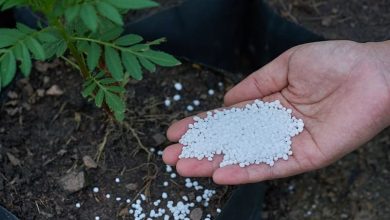How to Fertilize Indoor Plants Step by Step – Sembrar100
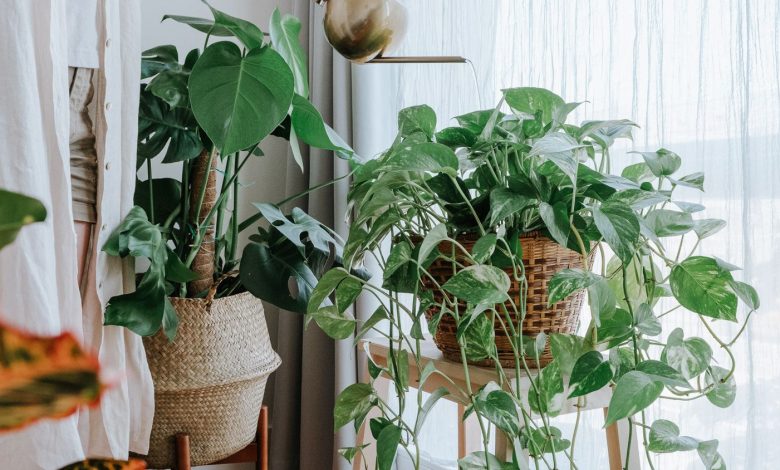
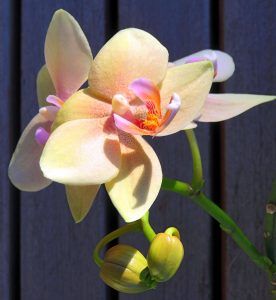 Indoor plants are usually worked with a care system that varies with respect to outdoor plants because they are not in direct contact with that environment.
Indoor plants are usually worked with a care system that varies with respect to outdoor plants because they are not in direct contact with that environment.
This forces all the care you have with them to be adjusted to these particular conditions.
The fertilizer for indoor plants is one of the processes that you must adapt to the requirements that they have and that are not diminished by being in that place.
And surely many questions will be going through your mind regarding that, so we bring you a complete post with which to answer them, do we see it?
What is the best fertilizer for indoor plants?
The ideal fertilizer for these plants is the one that is added in liquid form along with the irrigation water. They can come directly in a liquid version, in pills or powder and in all cases they dissolve in water.
The best option is for these fertilizers to be fast-absorbing so that the levels needed can be adjusted. If you use a slow release fertilizer it could lead to confusion because the changes in appearance will not be as evident.
These are recommended for those cases where the plants are healthy and you just want to ensure balance for the rest of the season. However, it is also possible to take advantage of granulated fertilizers that are placed on top of the substrate.
The difference between both cases is that dry fertilizers need fewer applications, but they carry the risk of generating overfeeding. And this, in some cases, could be excessive for the roots, which will receive all the nutrients at once.
Always, after paying with this type, you have to water so that the nutrients can penetrate inside.
How are indoor plants fertilized?
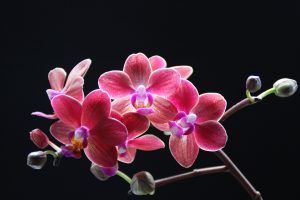 The correct way to apply fertilizer to indoor plants is to work with low concentrated doses of fertilizers and use a more regular frequency.
The correct way to apply fertilizer to indoor plants is to work with low concentrated doses of fertilizers and use a more regular frequency.
This method will help the plant get the necessary nutrients without causing them any risk.
In most cases, the procedure that is followed is the opposite and that is precisely what harms the health of indoor plants.
This occurs, for example, when the applied dose is higher than it should be with the idea that the plant obtains more nutrients. And, in contrast, what is generated is an excess of nutrients that can burn the roots and further harm their health.
What fertilizer should we put on indoor plants?
The basic fertilizers for indoor plants are those that contain macronutrients; that is, nitrogen (N), phosphorus (P), and potassium (K).Nitrogen will help the foliage to develop more conveniently and be vigorous, with its very green, shiny and beautiful leaves.
Phosphorus has the task of helping the stems and roots to develop strong. And, potassium, will help in the matter of flowering and fruit birth (if it is of this type) and also to deal with attacks by pests or diseases.
In the case of micronutrients, since they are needed in a very minimal amount, the small traces found in the substrate will be more than enough. This is so even when the amounts of substrate are small.
In any case, if you notice that there are deficits of any micronutrient, it is better to compensate with small doses of chelates.
When should we apply fertilizer to indoor plants?
Indoor plants are planted in pots. That means that their fertilizer needs are different from those of plants planted in the garden. This is due to several reasons:
- The amount of substrate they have available is limited, which means that their roots do not have other areas from which to extract more food.
- Frequent watering produces a loss of nutrients that are released by the action of water molecules.
It is important to consider, however, that a declining indoor plant is not always due to a lack of nutrients. Remember that there are many conditions that must be met so that the plants can feel in an optimal state. Now, in terms of their development, indoor plants need fertilizer when their roots are very large and strong.
How to fertilize indoor flowering plants?
Flowering indoor plants will follow a subscriber scheme similar to the one you would have with those outside.This should be frequent, approximately every fifteen days, during the days when flowering is active.
In addition, it is necessary to opt for special fertilizers for flowering plants, since they usually have higher levels of potassium and phosphorus. And those are just the nutrients that are needed during this process.
When to fertilize indoor plants?
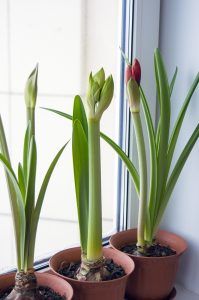 The opportune moment to execute this procedure is when the plant is fully operational. Always avoid doing it during torpor.
The opportune moment to execute this procedure is when the plant is fully operational. Always avoid doing it during torpor.
You should also consider that the roots are in good condition so that they are able to absorb nutrients.
If the plant is sick due to excess water, for example, it will not have the operational capacity to manage the food you give it.
It is necessary that the land has a relative humidity condition to apply the fertilizers, because if it is very dry the absorption process will be deficient. The fertilizer for indoor plants is a process that you must carry out to have beautiful and healthy specimens.
The biggest problem that arises around this process is that they are applied without taking into account the environmental conditions and the needs of the plant. Both situations clearly harm the absorption capacity of the plant and the use of its internal resources.
And although many people think that you do not have to pay until you ask for it, it is best to reduce the chances of any problem related to this issue occurring.
Bibliographic references
- The Big Book of Houseplants , MR Coll, MF Terricabras – 2018 – books.google.com
- Hardy Houseplants, T Derrick – 1988 – sidalc.net
- The Big Book of Exotic Plants, P Blin – 2020 – books.google.com
- Maintenance of indoor ornamental plants, MVR de Jesús – 1994 – repository.cucba.udg.mx
- Indoor plants, VA Rodríguez – 2003 – sidalc.net
- Importance of organic fertilizers, JAF Herrán, RRS Torres, GER Martínez… – Ra Ximhai: magazine…, 2008 – uaim.edu.mx

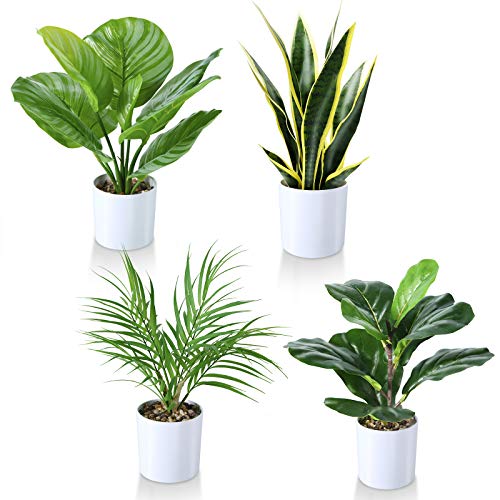
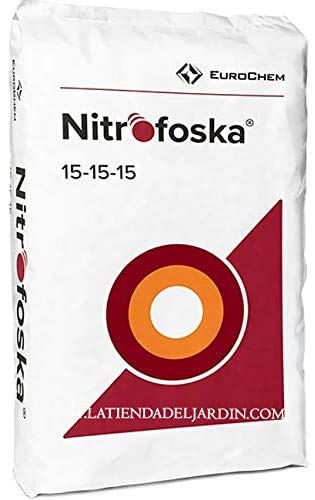



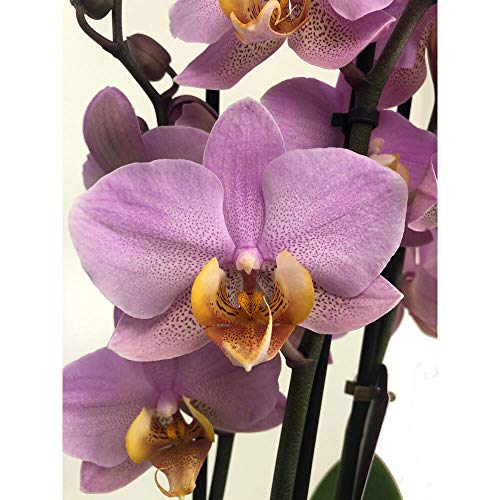
![Photo of Cultivating Passion Fruit in Spain: [Cultivation, Care, Pests and Diseases]](https://www.complete-gardening.com/wp-content/uploads/2022/08/cultivating-passion-fruit-in-spain-cultivation-care-pests-and-diseases-390x220.jpg)
![Photo of Bougainvillea Irrigation: [Needs, Frequency and Procedure]](https://www.complete-gardening.com/wp-content/uploads/2021/06/Buganvillas_1621307110-390x220.jpg)
